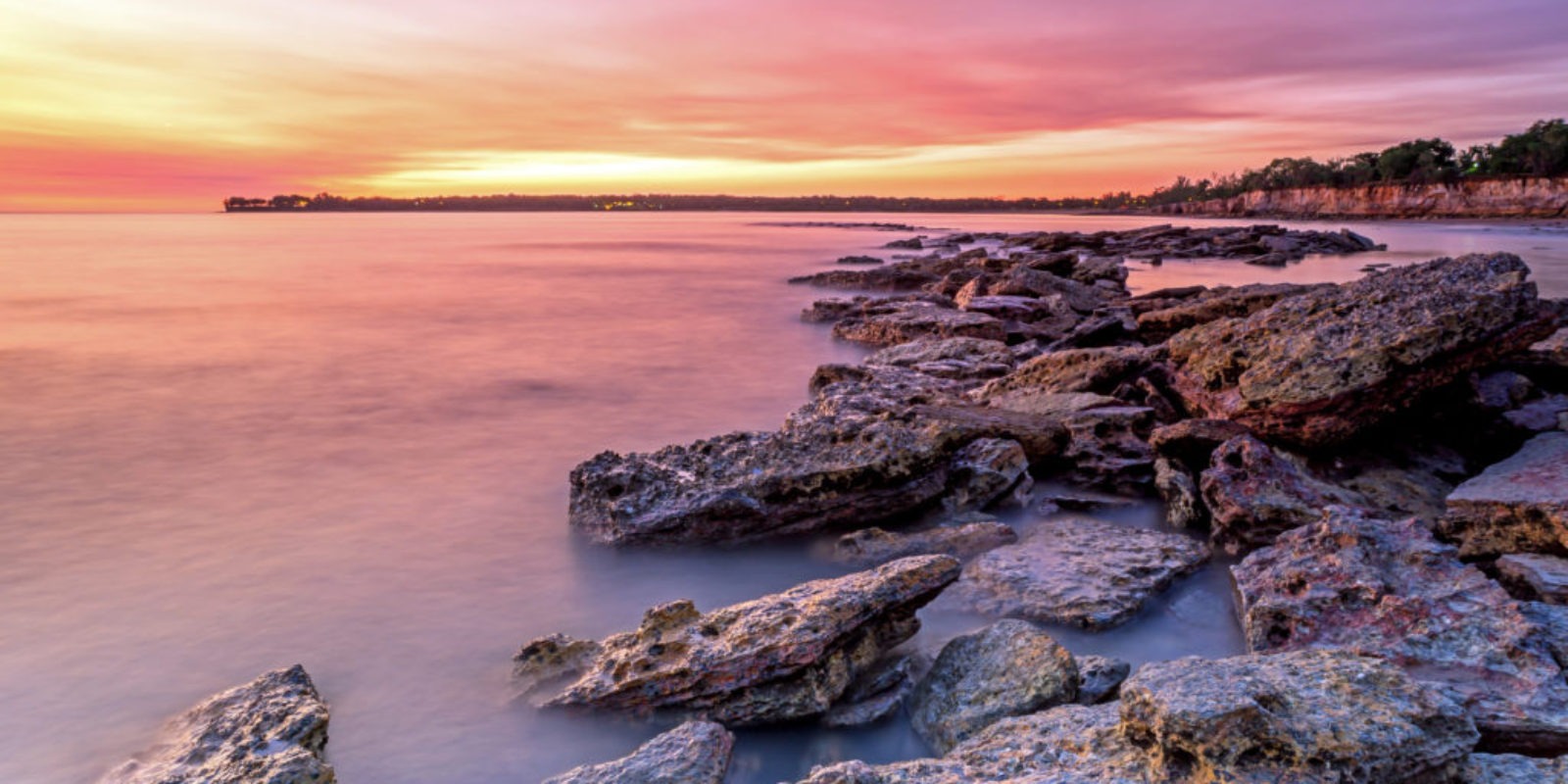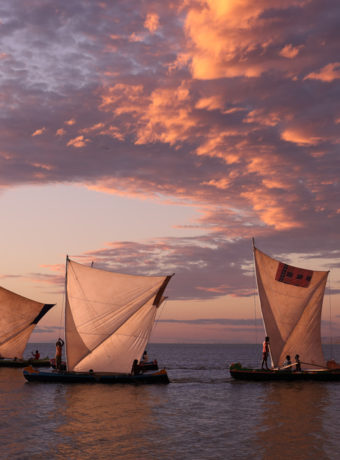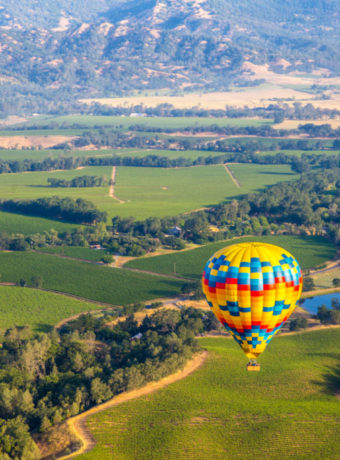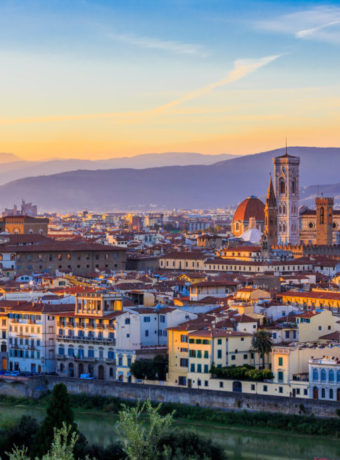*Last week I wrote about a two-week series on Australian cities! We kick off this week in Darwin, Australia – capital of the Northern Territory.
Darwin, Australia is the country’s northernmost city, lying at the northern edge of the vast Northern Territory on the Timor Sea. Northern Territory is the least populated Australian state, having only around 250,000 people in the entire state – 150,000 of them in Darwin.
Darwin, Australia
Darwin is the capital of the Northern Territory. It is located on a bluff overlooking the Timor Sea, flanked by Frances Bay to the east and Cullen Bay to the west. Darwin is not just the gateway to Australia’s northern islands but also the popular Kakadu National Park. For many, this is the main reason to visit Darwin.
Did you know? Darwin is closer to the capitals of FIVE other countries than it is to Canberra (the capital of Australia).
The history of Darwin
Darwin, like the majority of Australia, was home to Aboriginal tribes for thousands of years prior to European settlement. The Larrakia tribe is still prominent in the area. Many tribal members hold government positions in the Northern Territory. Unlike Sydney, the first Europeans here were the Dutch, hence place names like Groote Eylandt and Arnhem Land. The British arrived in the mid 1800s. The HMS Beagle was the first British ship, and although Charles Darwin wasn’t onboard, the commander named it for him. Darwin had been a passenger on the previous voyage of the Beagle.

During World War II, the Japanese bombed Darwin, Australia – the same Japanese fleet that attacked Pearl Harbour, Hawaii. The damage to Darwin was more extensive, due to the 188 bombers that descended on the city. Although it was the first raid on Darwin, it was not the last by far. Darwin was also not the only Australian city attacked by the Japanese, but it suffered the most damage.
What to do in Darwin
Popular destinations in Darwin, Australia include the Military Museum, Mindil Beach, and the Darwin Aviation Centre. There are also several wildlife parks in the area where you can watch crocodiles, dive with crocodiles, or fly over crocodiles.

Darwin is legendary for their summer thunderstorms as well, so if you happen to be in town when a storm comes through, ask your hotel for the best place to watch the lightening. Darwin, Australia receives three times more lightening in a summer than Perth!
National Parks near Darwin
As I noted above, Kakadu National Park is one of the biggest reasons to visit Darwin. This UNESCO World Heritage Site is nearly half the size of Switzerland and surrounds one of the world’s most productive uranium mines. It is home to four tidal rivers, six major landforms, and a variety of landscapes. Thousands of species of animals (from insects to mammals) also call Kakadu home. On a cultural level, Kakadu has over 5,000 different Aboriginal cultural sites.

Evidence points to Aboriginal habitation here for at least 20,000 years and maybe up to 40,000 years. Nearly 500 Aboriginal traditional owners still live within the park. Traditional owners demonstrate ancestry back to the early tribes of the area. They lease the land to the national park directors; the Commonwealth owns only a small portion of the park. Additionally, over half of the park is Aboriginal land under the Aboriginal Land Rights Act of 1976.
Another national park close to Darwin is Litchfield National Park. Here, you will find excellent swimming holes and waterfalls. Camping is permitted in the park and if you feel like glamping, my Virtuoso onsite suppliers can help me make that happen!
Katherine Gorge

Katherine Gorge is the third major tourist destination near Darwin, Australia (250km southwest). The gorge is made up of thirteen gorges along the Katherine River in Nitmiluk National Park. Most cruises go only as far as the fifth gorge. Katherine Gorge is popular with travellers for camping, hiking, and swimming.
During the wet season, the Katherine River tends to swell. Saltwater crocodiles make their way into the gorge. SWIMMING IS PROHIBITED IN THE WET SEASON. During the dry season, the only crocodiles in the area are freshwater crocs although visitors still should be careful!
*It is well worth noting that you should exercise caution in northern Australia around bodies of saltwater, since this is the native habitat of the saltwater crocodile! Known as salties, these crocodiles average 19.5 feet long (6 metres) and anywhere from 2,000-2,500 pounds (1,000-1,200kg). Walking alone on the beaches or near estuaries, especially at night, isn’t recommended!*
**
If Australia is on your bucket list, please reach out to me! It is one of my favourite countries and I love sharing it with clients and friends (and clients who become friends).
|| Brisbane || Sydney || Canberra || Melbourne || Perth || Adelaide || Hobart ||




